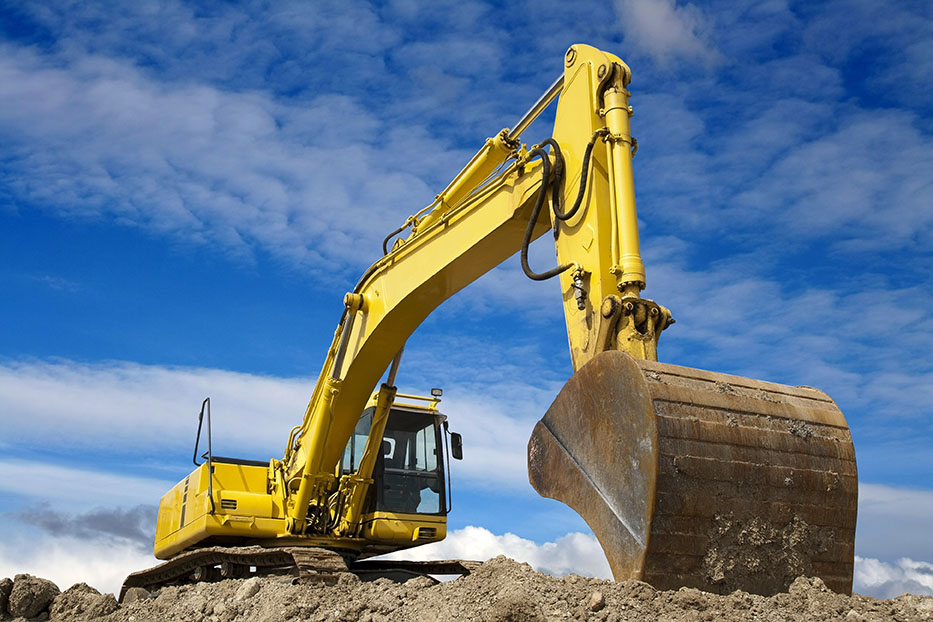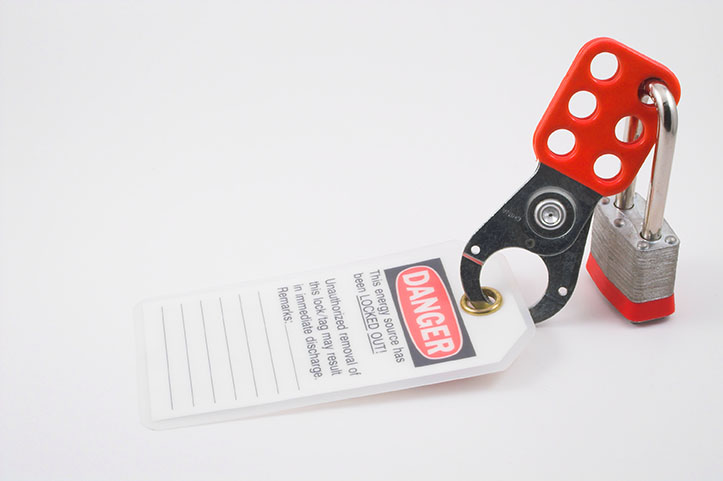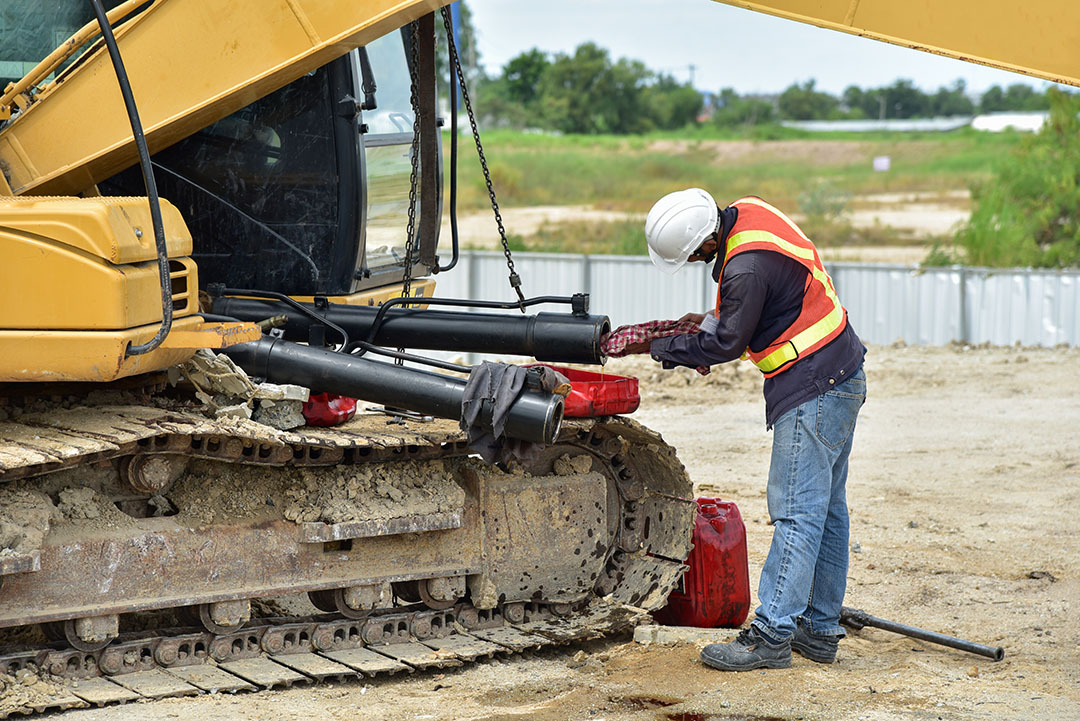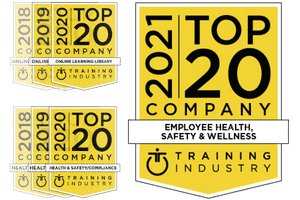
Lockout/Tagout
Lockout/tagout requires that a designated individual, known as the authorized person, turns off and disconnects the equipment from its energy source before servicing it. This authorized person then discharges or blocks off any stored energy and locks and tags the machine’s energy-isolating devices to prevent the release of hazardous energy.
Authorized Person
Lockout/tagout involves the authorized person and affected employees. The authorized person:
- Performs the required repair
- Puts on the locks and tags
- Controls keys to locks
- Is the only one allowed to take locks or tags off
The authorized person might be the operator of the equipment or a designated repair person.
Affected Employees
Employees are considered affected if their job is interrupted by lockout/tagout procedures. The equipment operator is typically an affected employee unless they are the authorized person. The authorized person informs affected employees that lockout/tagout will occur. Affected employees then leave the area until work is complete.
Terminology
Each authorized person must understand these lockout/tagout terms:
- Energy source: Often electrical, energy sources can also be hydraulic, mechanical, pneumatic, chemical or thermal. Any energy source can be hazardous during maintenance.
- Energy-Isolating Device: Allows you to stop the energy source where it enters the equipment. This device is locked and tagged to keep equipment from operating while being serviced.
Stored Energy
Equipment can store energy after the energy source has been isolated. For example:
- Electrical equipment can store energy in capacitors
- Machines running on hydraulic or pneumatic energy retain pressure between closed energy isolation devices and moving parts
- Machines running on chemical energy can have fuel in the lines
- Springs and tension belts can contain stored mechanical energy
- Pistons suspended in mid-motion can store gravitational energy–if part is released, gravity can cause it to swing down or fall
All stored energy must be discharged, disengaged or blocked before maintenance.
Performing Lockout/Tagout
The authorized person must follow the correct procedures for the equipment he or she will service. In general he or she should:
- Identify all potential energy sources
- Inform affected employees that he or she perform lockout/tagout
- Ask affected employees to exit the area
- Shut down the equipment by using its normal operating procedures
- Isolate energy sources with appropriate devices for that equipment
- Use locks and tags on the isolation devices and, if possible, the power switch
- Be sure the equipment has spent all stored energy
- Block off moving parts in a neutral position while working
- Turn on equipment to verify stored energy has been removed
- If needed, allow equipment to run for a couple of seconds to spends the last of its energy
Completing the Lockout/Tagout
Before affected employees can reenter the area, the authorized person must:
- Make sure tools, spare parts, and debris are removed
- Make sure parts, especially safety parts are correctly reinstalled
- Remove locks and tags from energy isolation points
- Re-energize equipment
- Inform affected employees that they can return to work
Lock and Tag Requirements
Locks secure energy isolation points so equipment can’t be energized. Tags draw attention to the fact that the equipment is locked out. Tags should always be used with locks. Never remove locks or tags that you did not install. Locks must withstand all work conditions. Tags must be legible and have warnings like “do not start,” “do not energize” or “do not operate.” The tag’s fastener should be made of non-reusable material that can withstand at least 50 lbs., usually a nylon zip tie. Attach locks and tags to energy isolating devices securely.
Groups and Shift Changes
When a group is working on a piece of equipment, special measures must be taken. During a group lockout procedure, designate one authorized person to oversee safety. Each authorized worker must have locks for his or her individual job. A group lockbox which holds keys helps avoid confusion. Take special care during shift changes. Outgoing and incoming authorized employees must coordinate a smooth exchange of lockout/tagout devices
Summary
The Occupational Health and Safety Administration estimates that lockout/tagout systems prevent 120 deaths and 50,000 injuries every year. It can’t be emphasized enough how important it is to follow lockout/tagout procedures. Know what part you play and never tamper with locks and tags, especially when they’re being used. A person’s life and limbs could depend on it.
For more lockout/tagout information and resources, visit https://www.osha.gov/SLTC/controlhazardousenergy/
SafetySkills offers a comprehensive course over lockout/tagout procedures in the construction industry, which covers the following topics:
- The purpose of lockout/tagout procedures
- The roles involved
- The requirements for the authorized employee
- The requirements for locks and tags




